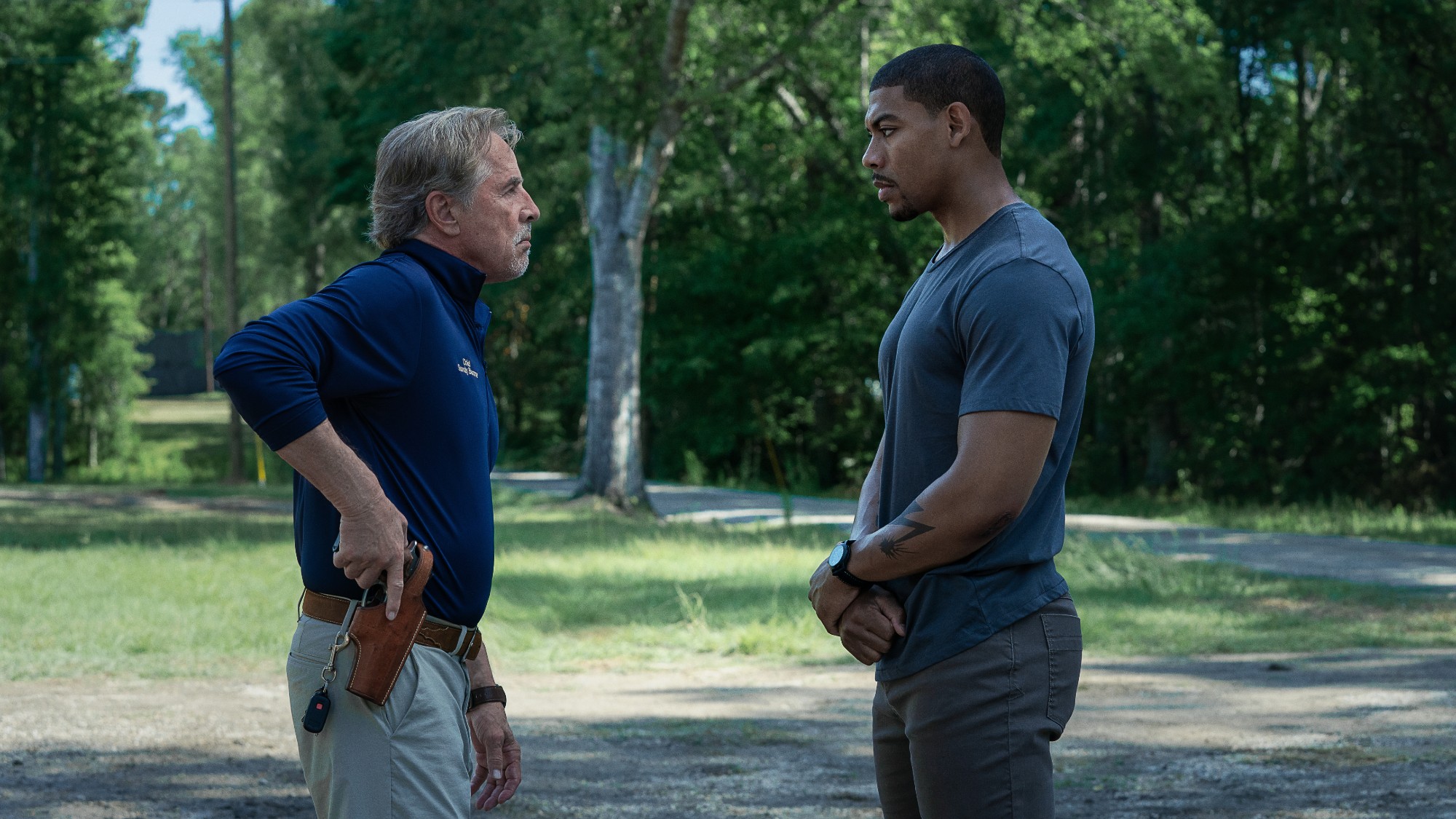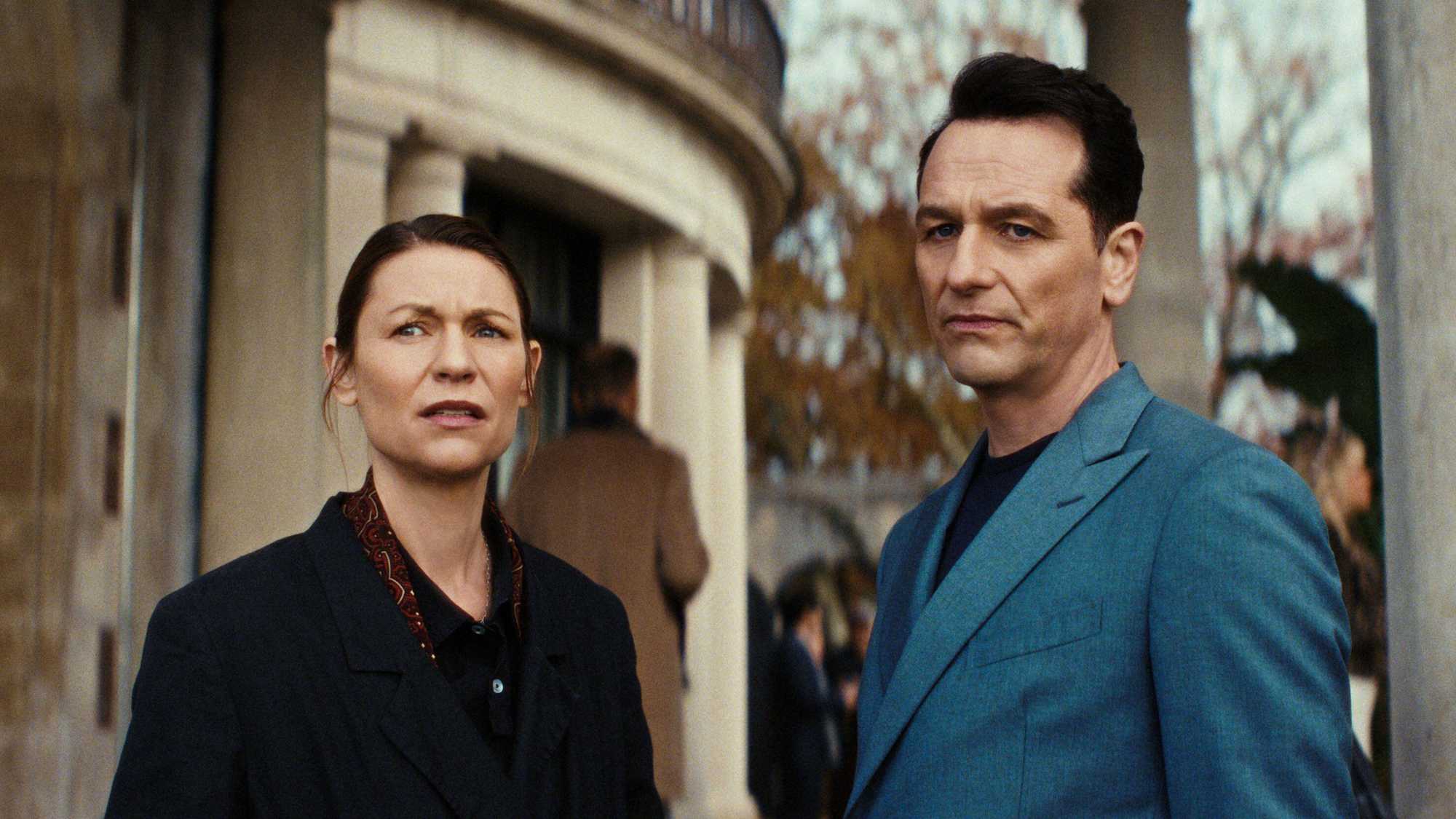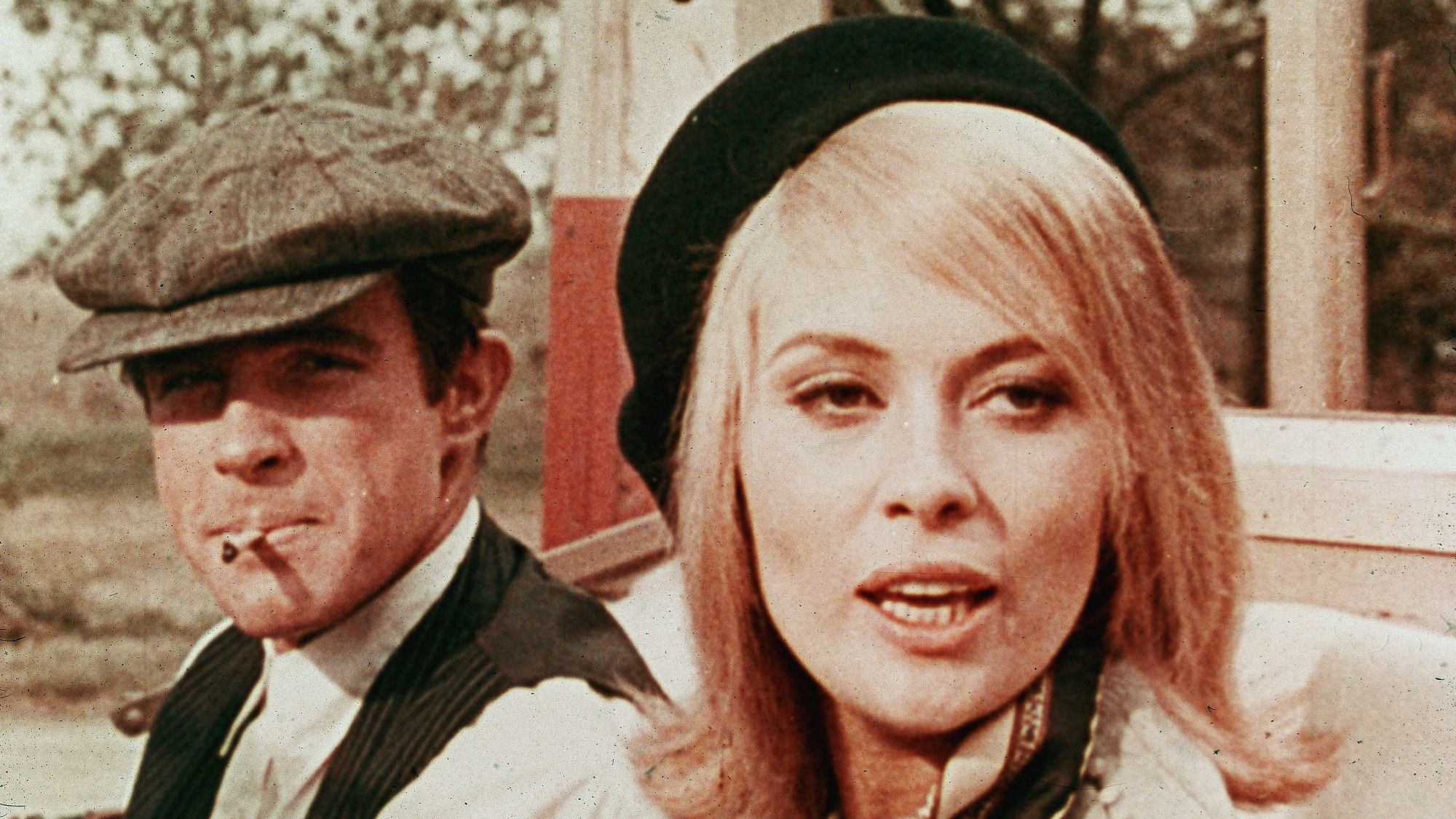What Netflix's Dahmer series got wrong
How much of the series was fabricated or embellished for entertainment?


True crime shows are having a moment, but Netflix's latest, on serial killer Jeffrey Dahmer — Monster: The Jeffrey Dahmer Story — has received a polarizing reception. The Ryan Murphy-led series has been called everything from exploitative to "one of the most accurate true crime dramatizations brought to television," per Decider.
So how much of the Netflix series was fabricated or embellished for entertainment? Here are a few things about the Dahmer series that don't match the real story:
The truth about Glenda Cleveland
Former crime reporter Anne E. Schwartz told The Independent she believes the filmmakers behind Monster took "artistic license" with aspects of the case to create a more entertaining narrative. Schwartz, who broke the story in 1991 for The Milwaulkee Journal, said the project "does not bear a great deal of resemblance to the facts of the case." Schwartz is also the author of a 1991 bestselling book about the case called The Man Who Could Not Kill Enough.
The Week
Escape your echo chamber. Get the facts behind the news, plus analysis from multiple perspectives.

Sign up for The Week's Free Newsletters
From our morning news briefing to a weekly Good News Newsletter, get the best of The Week delivered directly to your inbox.
From our morning news briefing to a weekly Good News Newsletter, get the best of The Week delivered directly to your inbox.
One part of the series that stuck out to Schwartz was the depiction of Glenda Cleveland, who is played on the show by Niecey Nash. Cleveland is portrayed as Dahmer's neighbor in the Oxford Apartments building. The series chronicles her repeated attempts to alert authorities about the smells and noises filtering through her vents from Dahmer's apartment. In reality, she didn't live in the same building as Dahmer but in an adjacent one across the street.
"In the first five minutes of the first episode, you have Glenda Cleveland knocking on his door. None of that ever happened," Schwartz told The Independent.
The real life, Cleveland did call the police after her niece and daughter came across 14-year-old victim Konerak Sinthasomphone after he escaped from Dahmer's apartment. After Dahmer convinced the cops to return Sinthasomphone, Cleveland made multiple phone calls to law enforcement, including one to the FBI. However, her interactions with Dahmer — including the scene with a questionable sandwich — were partially embellished. The filmmakers combined Cleveland's role with Dahmer's actual neighbor, Pamela Bass, who told the story of Dahmer offering her a sandwich she feared had human meat, the Milwaukee Journal Sentinel reports.
Representation of police as racist and homophobic
Schwartz also took issue with the picture Monster painted of a police force tainted by racism and homophobia. Dahmer's victims were primarily black and brown gay men, and the series hints that the ineffectiveness of police, in this case, was due to their biases against the community Dahmer seemed to target.
A free daily email with the biggest news stories of the day – and the best features from TheWeek.com
She told The Independent, "I've spent a lot of time with them, interviewing the people who were at the scene. Again this is a dramatization, but at a time when it is not exactly easy for law enforcement to get trust and buy-in from the community, it's not a very helpful representation."
Yet the scenes that depict the police comment about being "deloused" after being in a gay man's apartment did happen, according to Decider. The threatening phone calls that police officers made to the Sinthasomphone family were confirmed by police chief Philip Arreola, according to Milwaukee Journal Sentinel.
Milwaukee cops that returned victim Konerak Sinthasomphone to Dahmer did not win Officer of the Year awards
The officers who responded to the call about Sinthasomphone received significant backlash from the Milwaulkee community when the media publicized details of Dahmer's crimes. Officers John Balcerzak and Joseph Gabrish responded to the call about the naked boy who appeared intoxicated. Sinthasomphone had managed to escape Dahmer's house, but the killer convinced the officers that the victim was his drunk 19-year-old lover. That much the series got right.
Towards the end of the series, however, you see the two officers receiving awards for Officers of the Year. That never happened. According to Milwaukee Journal Sentinel, both officers and a third who assisted them named Rick Porubcan were suspended when police discovered the horrors in Dahmer's apartment. Balcerzak and Gabrish were fired by Police Chief Arreola but were reinstated by a judge in 1994. While they continued their police careers, neither was rewarded in the fashion the series depicts.
Dahmer worked at the Milwaukee Blood Plasma Center, but he didn't drink blood bags
Dahmer's cannibalistic nature has been covered in many films, books, and television shows based on his story. The Netflix series documented his obsession with human anatomy and his experimental journey that culminated in full-blown cannibalism. However, one instance of Dahmer's taste for human flesh was slightly embellished for the series.
In one episode, Dahmer starts a job at the Milwaulkee Blood Plasma Center and is shown stealing bags of donated blood to take home and drink. In reality, Dahmer confessed to taking a small vial onto the facility's roof and tasting it before spitting it out on the rooftop.
What really happened with living victim Ron Flowers
Some of Dahmer's victims managed to escape becoming his murder victims. One of those men, Ronald Flowers, is depicted in the series as being saved because Dahmer's grandmother decided to stay with him until he was alright. The circumstances of Flowers ending up in her house are consistent with real life: Flowers accompanied Dahmer to his grandmother's house under the belief that he was helping Dahmer to jump his car battery. Dahmer offered him alcohol, causing Flowers to get suspicious and upset. Dahmer offered him coffee instead, drugging Flowers in the process.
In the series, Dahmer is unable to do anything to Flowers. Because his grandmother is concerned about finding the drugged young man in her living room, she refuses to let Flowers out of sight and stays with him through the night. She is then shown helping Dahmer put him on a bus, with Flowers clearly still under the influence of the drugs. Flowers wakes up in the local hospital drugged but unscathed. He reports Dahmer to the police, but they find the killer credible, especially given that his grandmother corroborates his story.
In real life, though, there is no evidence that Dahmer let Flowers live because of his grandmother's intervention. In another book by Schwartz called Monster: The True Story of the Jeffrey Dahmer Murders, Dahmer recalls that he decided against killing Flowers because his would-be victim weighed 250 pounds and his body would have been challenging to move. Flowers recounted his experience with Dahmer in the documentary Jeffrey Dahmer: Mind of a Monster, where he said there was evidence that Dahmer had sexually assaulted him, something the series left out.
Theara Coleman has worked as a staff writer at The Week since September 2022. She frequently writes about technology, education, literature and general news. She was previously a contributing writer and assistant editor at Honeysuckle Magazine, where she covered racial politics and cannabis industry news.
-
 All roads to Ukraine-Russia peace run through Donetsk
All roads to Ukraine-Russia peace run through DonetskIN THE SPOTLIGHT Volodymyr Zelenskyy is floating a major concession on one of the thorniest issues in the complex negotiations between Ukraine and Russia
-
 Why is Trump killing off clean energy?
Why is Trump killing off clean energy?Today's Big Question President halts offshore wind farm construction
-
 8 restaurants that are exactly what you need this winter
8 restaurants that are exactly what you need this winterThe Week Recommends Old standards and exciting newcomers alike
-
 The 8 best drama movies of 2025
The 8 best drama movies of 2025the week recommends Nuclear war, dictatorship and the summer of 2020 highlight the most important and memorable films of 2025
-
 The 8 best comedy series of 2025
The 8 best comedy series of 2025the week recommends From quarterlife crises to Hollywood satires, these were the funniest shows of 2025
-
 A postapocalyptic trip to Sin City, a peek inside Taylor Swift’s ‘Eras’ tour, and an explicit hockey romance in December TV
A postapocalyptic trip to Sin City, a peek inside Taylor Swift’s ‘Eras’ tour, and an explicit hockey romance in December TVthe week recommends This month’s new television releases include ‘Fallout,’ ‘Taylor Swift: The End Of An Era’ and ‘Heated Rivalry’
-
 The 8 best sci-fi series of all time
The 8 best sci-fi series of all timethe week recommends Imagining — and fearing — the future continues to give us compelling and thoughtful television
-
 The 8 best action movies of the 21st century
The 8 best action movies of the 21st centurythe week recommends Thrills come in many forms, from assassins and spies to regular people fighting for justice
-
 The 5 best narco movies of all time
The 5 best narco movies of all timethe week recommends Cartels from hell and the greasy underside of the international drug trade
-
 The Beast in Me: a ‘gleefully horrible story’
The Beast in Me: a ‘gleefully horrible story’The Week Recommends Claire Danes and Matthew Rhys star in a ‘gleefully horrible story’
-
 The 8 greatest heist movies of all time
The 8 greatest heist movies of all timethe week recommends True stories, social commentary and pure escapism highlight these great robbery movies
